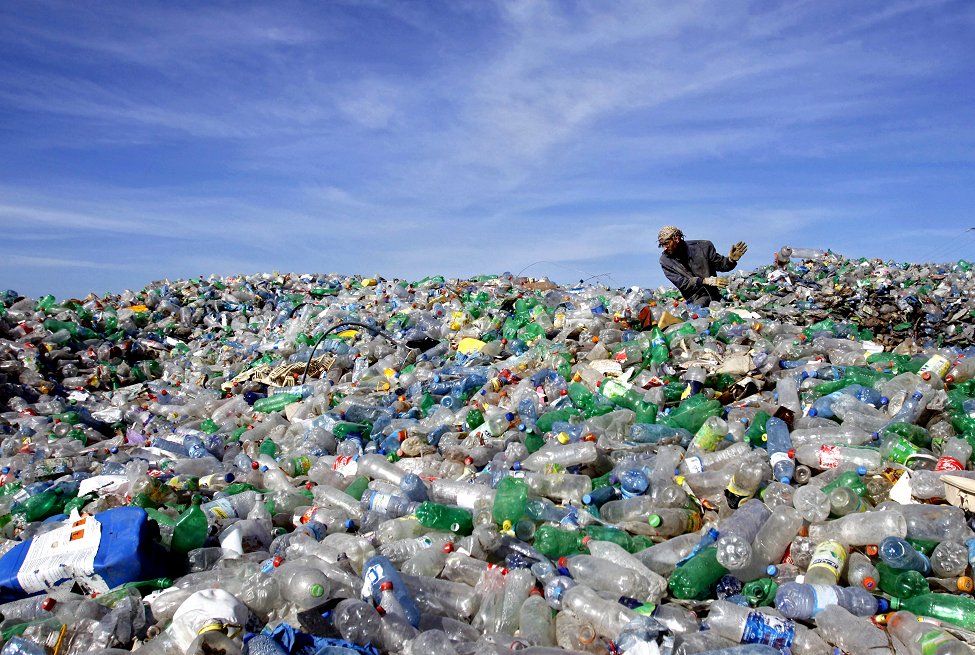Plastic waste, particularly single-use plastics like grocery bags, has long been a significant environmental concern. However, researchers at Hokkaido University’s Institute for Chemical Reaction Design and Discovery (WPI-ICReDD) have developed a groundbreaking method that repurposes these plastics to initiate radical chain reactions. By utilizing common plastic materials instead of potentially explosive compounds, the researchers have not only improved process safety but also provided a solution for reusing waste plastics, such as polyethylene and polyvinyl acetate.
Their findings, which have been published in the Journal of the American Chemical Society, highlight the use of a ball mill—a machine that rapidly shakes a steel ball inside a steel jar to mix solid chemicals. When the steel ball slams into the plastic, it exerts enough mechanical force to break a chemical bond, resulting in the formation of radicals. These radicals, which contain a highly reactive, unbonded electron, enable a self-sustaining chain reaction that promotes the dehalogenation process—replacing a halogen atom with a hydrogen atom—in organic halides.
Associate Professor Koji Kubota, one of the researchers involved in the study, described the use of commodity plastics as chemical reagents as a completely new perspective on organic synthesis. He believes that this approach will not only contribute to the development of safe and highly efficient radical-based reactions but also provide a novel way to address the pressing issue of plastic waste.
To demonstrate the reuse of waste plastic, the researchers added plastic shreds from a common grocery bag to the ball mill jar and successfully carried out the reaction. Additionally, they showed that their method could be applied to the treatment of highly toxic polyhalogenated compounds, widely used in various industries. By employing polyethylene as an initiator for a radical reaction, they were able to remove multiple halogen atoms from a compound commonly used as a flame retardant, thereby reducing its toxicity.
The researchers anticipate that their method will garner significant attention from the industry, thanks to its cost-effective and safe advantages. Professor Hajime Ito stated that their new approach, which uses stable, inexpensive, and abundant plastic materials as initiators for radical chain reactions, has the potential to foster the development of industrially attractive, safe, and highly efficient chemical processes.
By harnessing the power of plastic waste and transforming it into a catalyst for chemical reactions, this research offers a compelling solution to the global challenge of plastic pollution. It not only addresses the environmental concerns associated with single-use plastics but also provides a new pathway for the reuse of waste plastics, demonstrating their potential value in promoting safer and more efficient processes in the chemical industry.



